Wine lovers, if I were to pose to you this question “Sangiovese vs Chianti Wine: What's the Difference?” What would your answer be? The reality is a bit less black and white, and more ‘shades of ruby red.’
Let start by answering this question is one sentence and in one paragraph.
In One Sentence: Chianti is a Sangiovese wine produced to a set of standards set by the Italian government within the Chianti wine region, though not all Sangiovese is Chianti.
In One (slightly long) Paragraph: Chianti is a medium-bodied red wine produced (primarily or entirely) from Sangiovese grapes, within the Chianti region of Tuscany, to the standards laid out by Italy’s wine labeling system (more on this below). Chianti generally features aromas and flavors of tart cherry, dried herbs, and smoke, along with pleasantly contrasting savory notes, a rich acidity, and full tannins. By contrast, other Sangiovese wines (such as Brunello di Montalcino or Vino Nobile di Montepulciano) can run the gamut in terms of flavors and aromas, as Sangiovese is a bit of a chameleon, easily mutating to adapt to its environs.
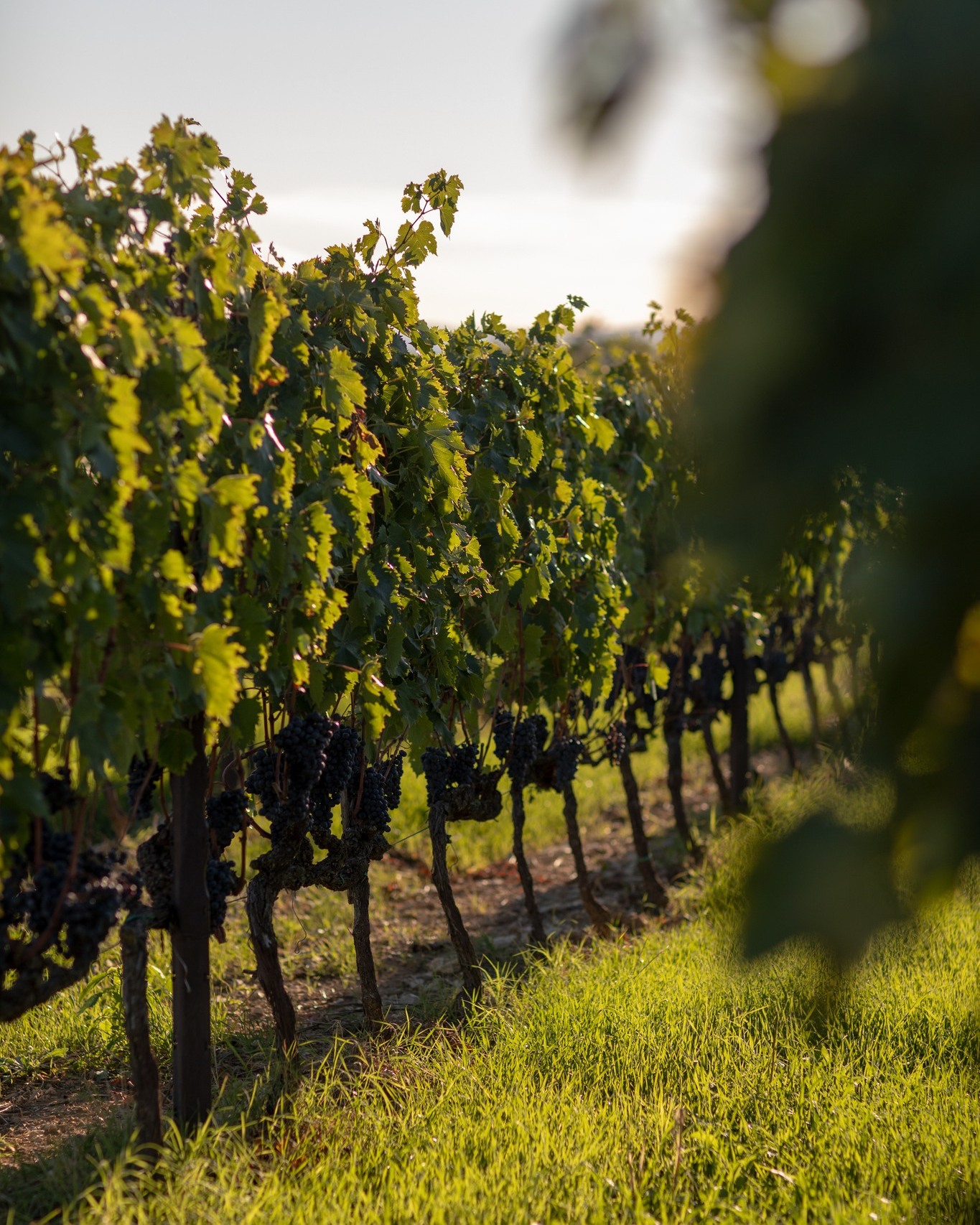
Clear enough? Probably not. For a longer-winded answer, one that touches on all of the various nuances (that takes up my entire word count) read on.
For starters, Chianti (served with or without fava beans) is one of the most popular and highly acclaimed wines produced within Italy, and by extension the world. Within Italy, Sangiovese is the single most widely planted wine grape. Considering the positively monumental amount of wine that Italy produces, that is no small feat.
Chianti, and Sangiovese-led wines, such as Vino Nobile di Montepulciano and the Super Tuscans among the world’s most prestigious labels. However, for all of this acclaim, and despite the global popularity of Sangiovese wines, the grape is actually rare by global winemaking standards. In fact, only about a hundred and seventy-five thousand acres of Sangiovese have been planted worldwide, of which about ninety percent are in Italy.
To see what makes Chianti so special, how it differs from other Sangiovese wines, and what ‘really’ makes these vintages tick, read on.
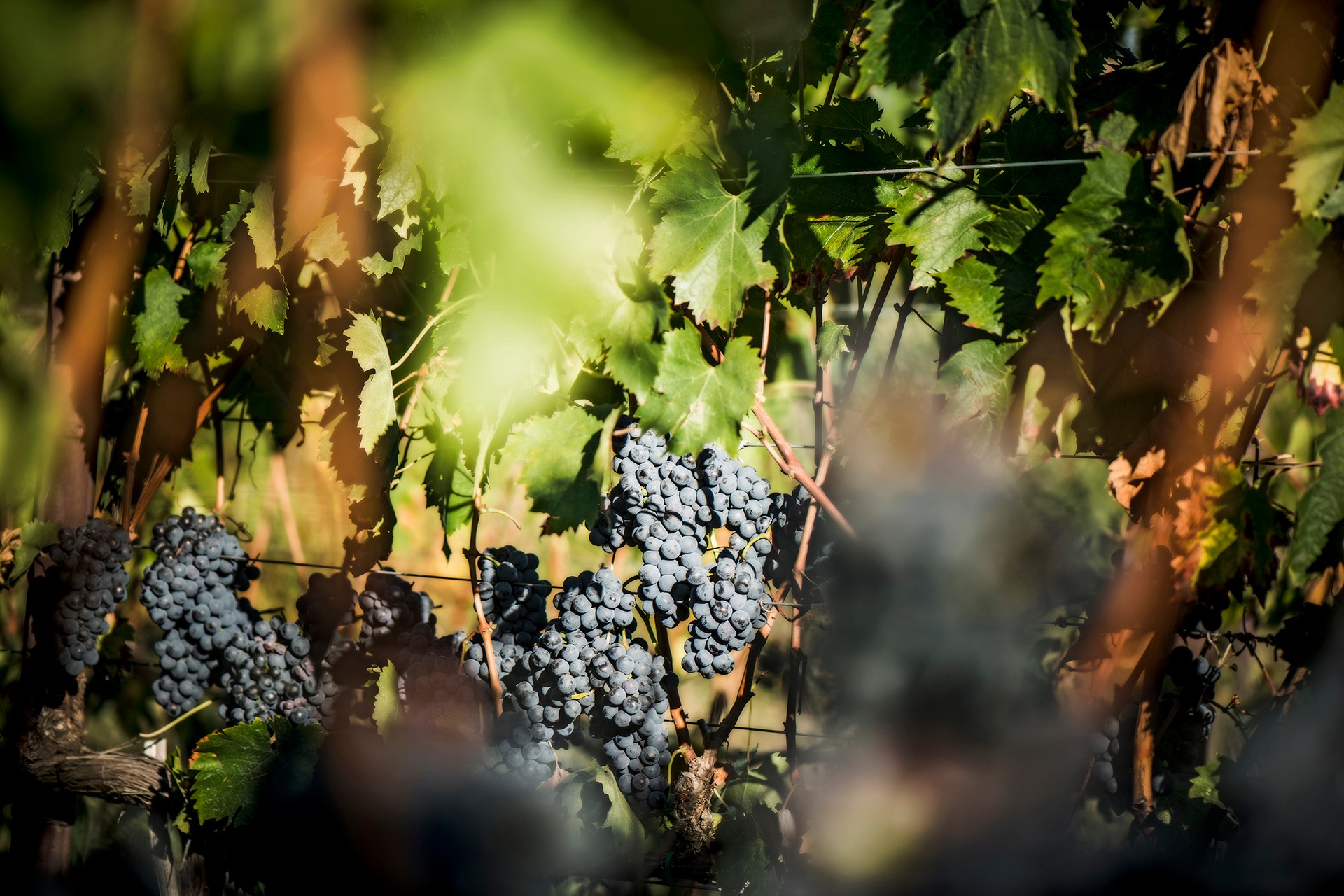
Understanding Sangiovese – A Rare Chameleon
Origins and History
Sangiovese, Italy’s most widely planted grape variety, has a history stretching back centuries. The first records of this grape date to 1590, to the writings of Giovanvettorio Soderini, an Italian agronomist. I’d be remiss not to say that the name Sangiovese is believed to derive from Latin "sanguis Jovis," meaning "the blood of Jove." Some say that this name hints at the grape’s ancient roots (pun intended), but in truth, according to Wine Grapes: A Complete Guide, this name was given to the varietal by monks in the Santarcangelo di Romagna, today the province of Rimini.
Regardless, Sangiovese possesses a revered status among Italian varietals. Today, the grape is predominantly grown in the Tuscany region, where Sangiovese has become synonymous with some of Italy’s most prestigious wines. Chianti, Brunello di Montalcino, Rosso di Montalcino, the Super Tuscans, and Vino Nobile di Montepulciano – just to name a few – are all Sangiovese-based wines. Key to the grape’s success is its all but legendary adaptability to different soils and climates, which has allowed it to flourish throughout Italy. However, this adaptability also means that – similar to Cabernet Sauvignon – the grape ‘drinks’ the soil, readily taking on qualities from the area in which the grape has been planted.

Characteristics
Color: Sangiovese typically – though not always – produces wines with a medium to dark ruby color. The depth of the color, however, can vary wildly depending on the specific clone and the winemaking techniques used. As such, it isn’t uncommon to find somewhat translucent or lighter-colored Sangiovese wines.
Flavor Profile: As mentioned earlier, Sangiovese wines can run the gamut from light and fruity to dark and rustic. In general, they often exhibit a core of red fruit flavors, such as cherry, plum, and raspberry, accompanied by hints of blackcurrant. Darker, more rustic Sangiovese will exhibit tart fruit notes. Rustic Sangiovese will often exhibit earthy undertones, which can include notes of dried herbs, tobacco, leather, and sometimes even a savory, tomato-like quality. With age, Sangiovese becomes deeper and more complex, adding notes of dried fruit, spice, and floral nuances.
Structure: Above all else, however, one of Sangiovese’s defining features is its acidity, which gives the wine a refreshing quality and makes it highly food-friendly. Similarly, the tannins can range from moderate to firm, providing structure, and giving the wine excellent aging potential. Sangiovese wines tend to have a medium to full body, depending on the growing conditions and winemaking methods. The high acidity and tannin levels work to balance the fruit flavors, creating wines that are often described as dynamic, well-balanced, and harmonious, and will almost always age gracefully. Sangiovese wines, in other words, are cellar gems.
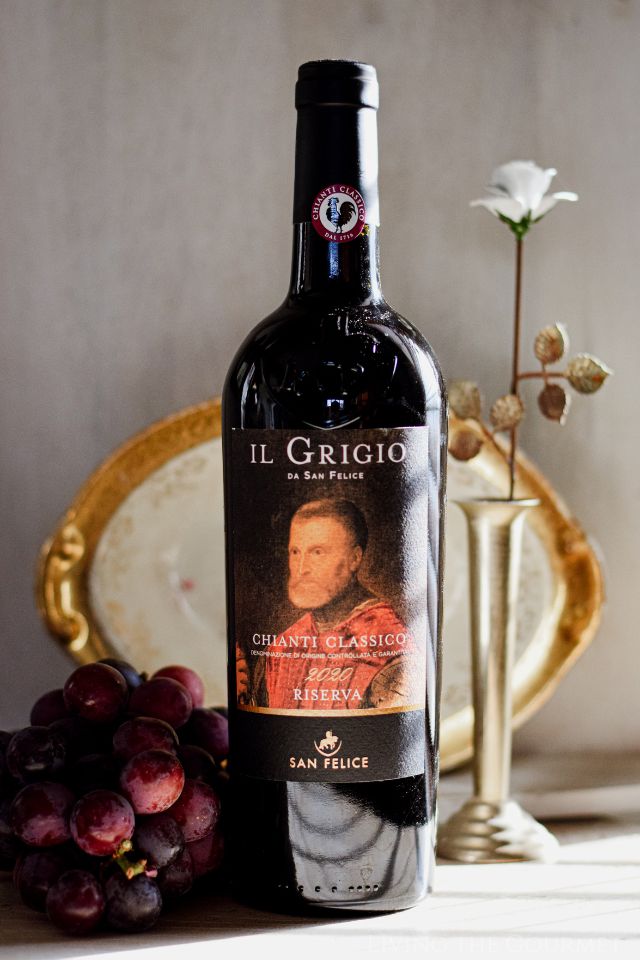
The Where – The Chianti Wine Region
Location and Sub-Regions
Situated in central Italy, within Tuscany, the Chianti wine region is renowned for producing some of the most iconic Italian wines. Nestled between the provinces of Florence in the North and Siena in the South, the Chianti winemaking area extends into the provinces of Arezzo, Pisa, Pistoia, and Prato, covering roughly fourteen thousand hectares of vineyards.
Several notable subregions exist within this area. These include Chianti, Chianti Classico, Chianti Rufina, Chianti Colli Fiorentini, and Chianti Colli Senesi. Chianti Classico, the area’s historic heartland, is particularly esteemed and marked by its black rooster (Gallo Nero) emblem. Chianti Rufina, located in the hills east of Florence, is known for its higher-altitude vineyards that produce wines with remarkable acidity and profound aging potential.
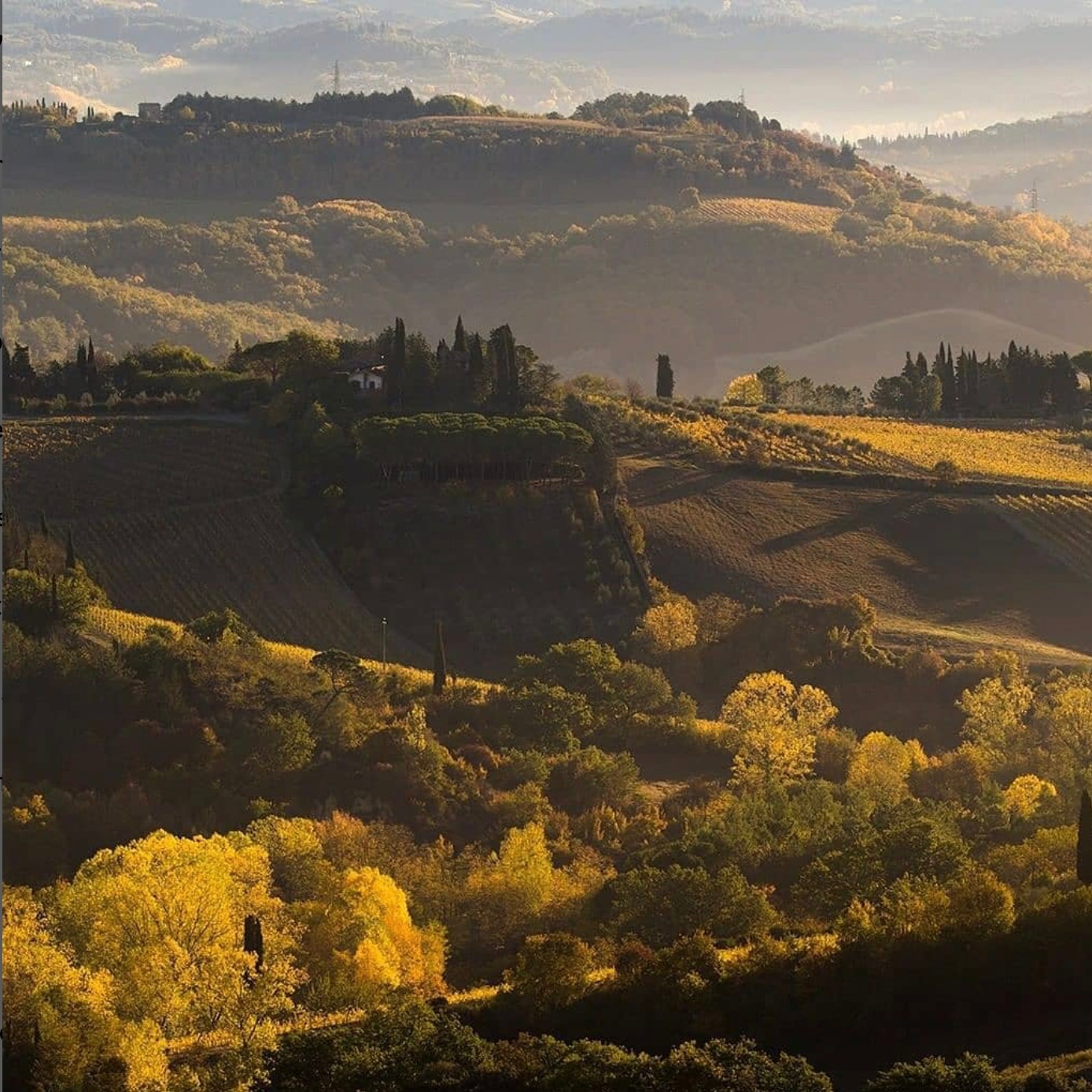
Requirements for Chianti Labeling
However, not all wines produced within Chianti are, in fact, Chianti. On the contrary, only a small number of wines produced within Chianti adhere to the Italian government's strict denominazione di origine controllata e garantita (DOCG) regulations. In fact, only around seventeen percent of Tuscany’s wines are DOCG certified.
For a wine to be DOCG-certified, within Chianti, the primary requirement is that the wine be made predominantly from Sangiovese grapes, with Sangiovese being 70% to 100% of the blend. This amount varies by sub-region. Within this blend, other permitted grape varieties include Canaiolo, Colorino, as well as international varieties like Cabernet Sauvignon and Merlot. These grapes are intended to enhance the wine’s structure and complexity, without taking away from the Sangiovese-led aromatics and tastes. The use of white grape varieties within the Chianti blend, once widely allowed, is today largely prohibited and has almost entirely vanished among higher-quality classifications.
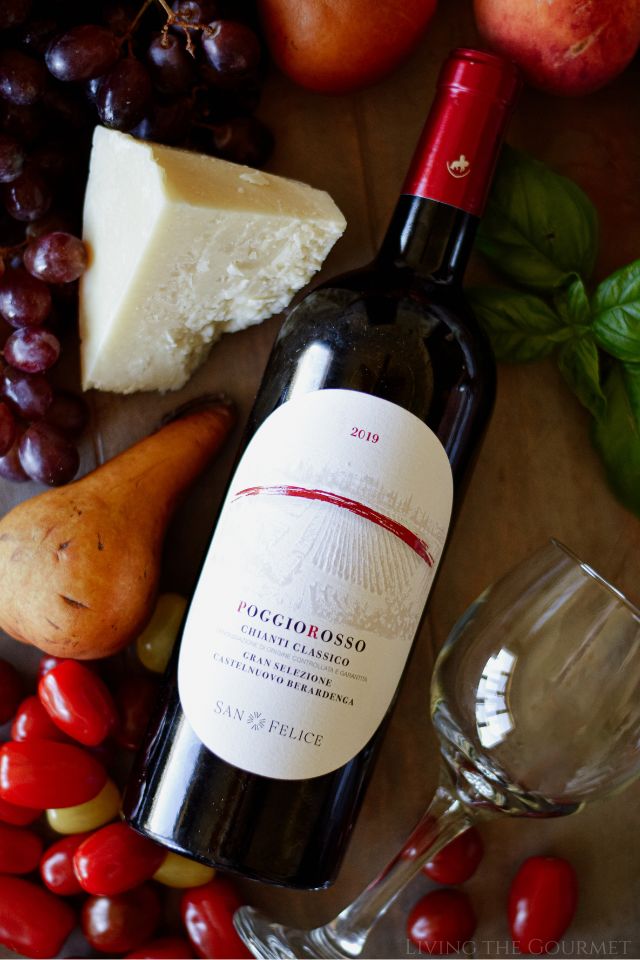
Quality Levels within Chianti
Within the Chianti classification system are several quality levels, with each reflecting different standards of production and aging. Basic Chianti, usually referred to as simply Chianti DOCG, represents the entry-level wines that are typically fresh, fruity, and meant for early consumption. Think of this as ‘Chianti table wine.’ Once upon a time, Chianti came in traditional ‘fiasco’ bottle that featured a round body and bottom, and that was covered in a tight straw basket.
A step above Chianti DOCG is Chianti Superiore. This classification is regulated by notably stricter yield controls and longer aging periods. Moving up the quality ladder, Chianti Classico denotes wines from the historical center of the Chianti region, which in turn are subject to ever more rigorous regulations by the Consorzio Vino Chianti Classico. These wines must be aged for at least one year before release.
Towards the top of this quality ladder exists Chianti Riserva and Chianti Classico Riserva, which are aged for a minimum of two years, thereby offering greater complexity and depth. At the pinnacle of this classification system resides the Gran Selezione, which is itself a relative newcomer, having been introduced in 2014. Applying solely to wines that already qualify as Chianti Classic, Gran Selezione wines must be made from estate-grown grapes and aged for no less than 30 months. The selection process also places an emphasis on quality and terroir expression.
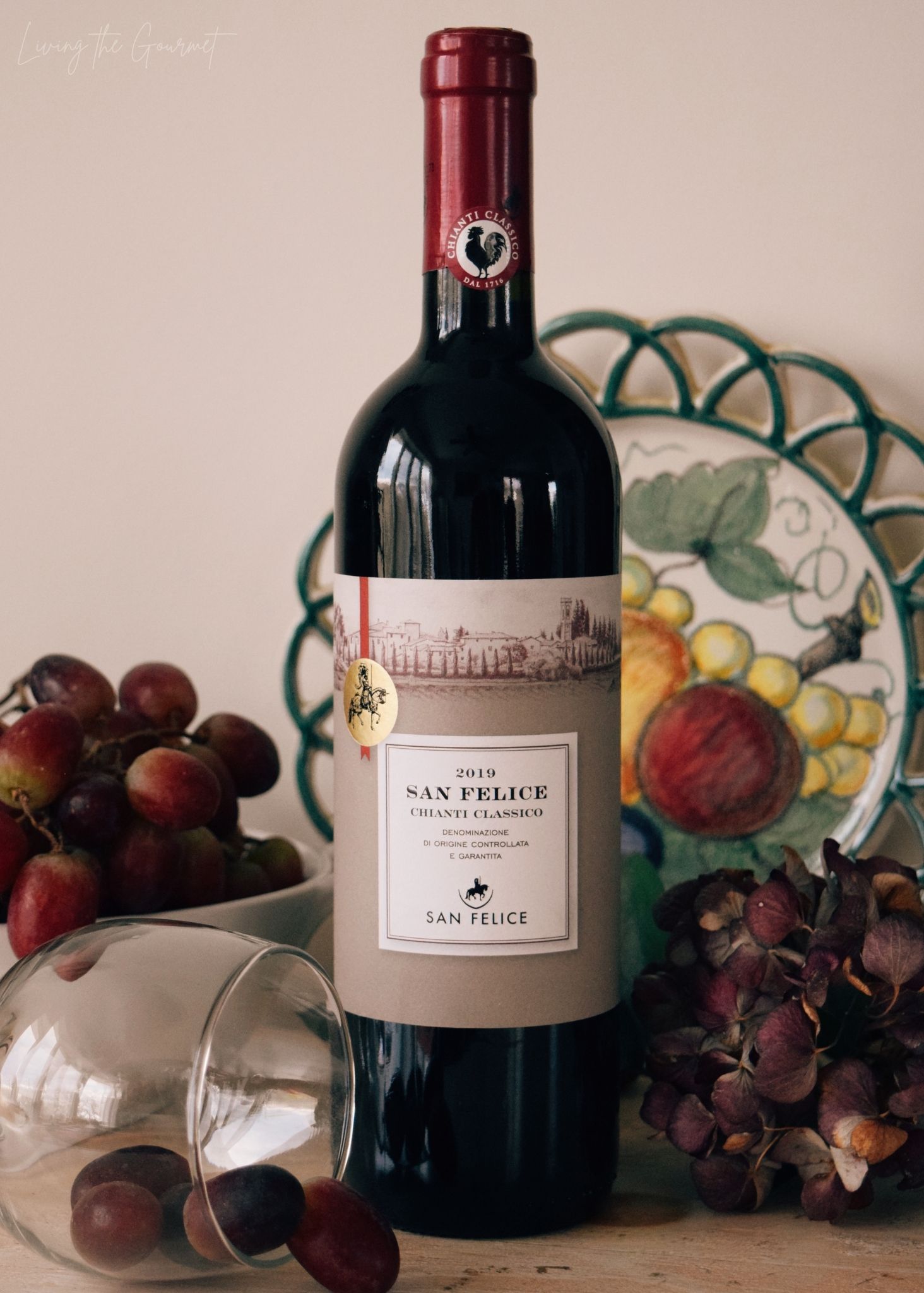
Sangiovese – Beyond Chianti
Pure Sangiovese vs. Blends
When produced as a pure varietal, Sangiovese is allowed to showcase its intrinsic qualities, which often means showcasing the qualitative properties of the terroir. Remember, we mentioned earlier how Sangiovese ‘drinks’ the soil. This usually means that quality, pure Sangiovese features vibrant acidity, moderate tannins, and a characteristic flavor profile consisting primarily of black cherry, plum, and herbs.
Pure varietal Sangiovese wines can be found labeled under a number of different DOCs and DOCGs, such as Rosso di Montalcino and Vino Nobile di Montepulciano.
Blended Sangiovese wines, on the other hand, often incorporate other grape varieties with the intention of adding complexity and structure, as opposed to changing the flavor or aromatics of the Sangiovese, as we mentioned earlier. In Tuscany, these blends have met with enormous success in the form of the “Super Tuscans.” These Super Tuscans feature Sangiovese blended with international grapes such as Cabernet Sauvignon, Merlot, and Syrah. However, most of these wines fall well beyond traditional DOCG regulations.
Common Flavor Notes and Aging Potential
At the risk of sounding cliché, dynamism is the hallmark of non-Chianti Sangiovese wines. At the higher end of the quality scale, you can expect prominent notes of black cherry, red currant, and ripe plum, which are often accentuated by hints of tobacco leaf, antique leather, and earthy undertones. These wines also tend to feature a high acidity and firm tannins, giving the wine a solid backbone. All of these qualities combine to create wines that have excellent aging potential. As these wines mature, they will tend to develop complex tertiary flavors such as dried fruit, balsamic vinegar, and forest floor, enhancing their overall depth of character, while giving them a lovely elegance.
The aging process, however, can vary for non-Chianti Sangiovese depending on the intent and style of the winemaker – remember, that the large majority of these wines are ‘not’ produced to standard.
Most pure Sangiovese wines, such as Rosso di Montalcino, are typically aged for shorter periods, with winemakers purposefully retaining their youthful vibrancy and fresh fruit aromatics and flavors. By contrast, blends and more prestigious labels like Brunello di Montalcino undergo extended aging in oak barrels, and in the bottle.
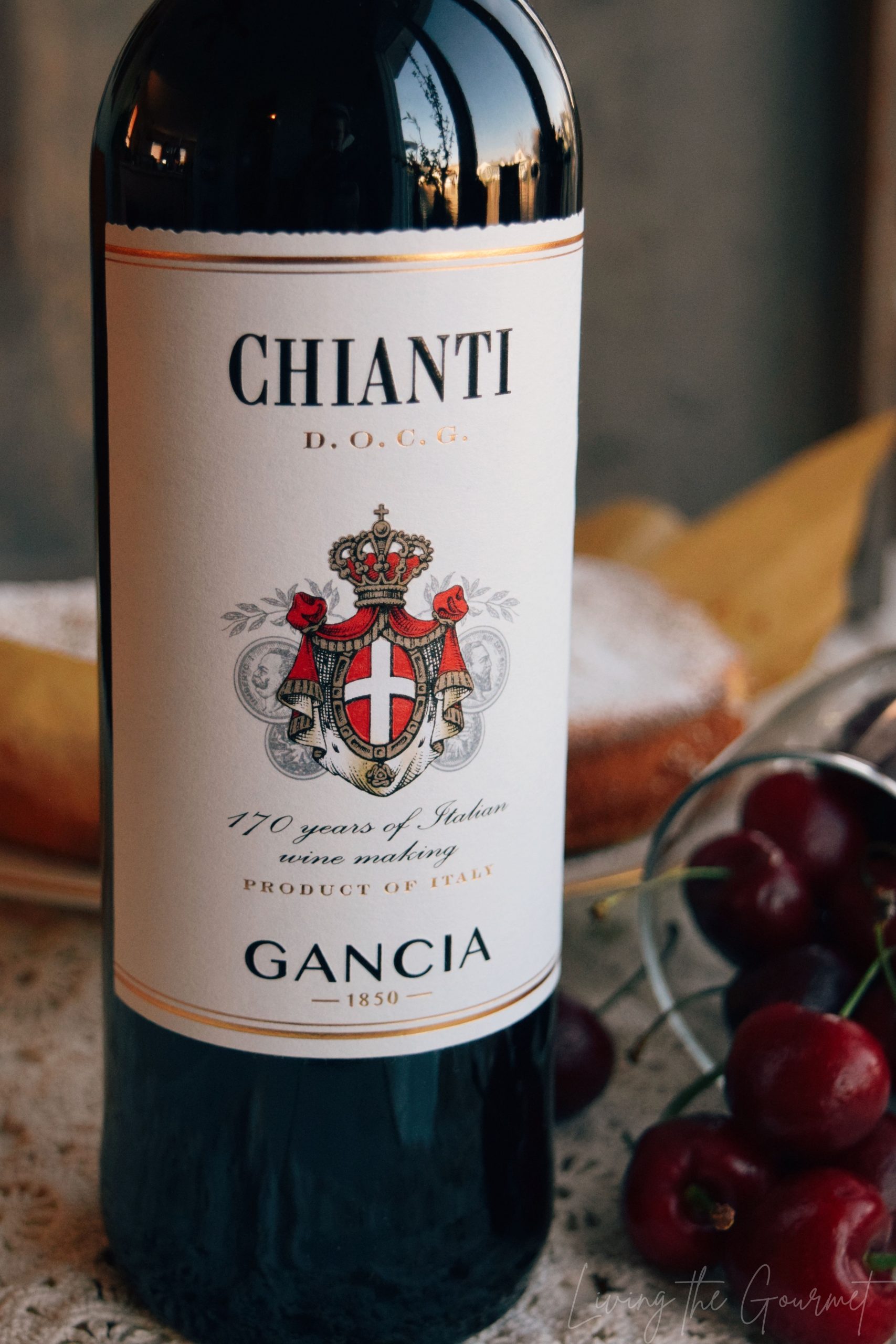
Well-Known Non-Chianti Sangiovese Wines
Rosso di Montalcino, often dubbed the “little brother” of Brunello di Montalcino, is a DOC wine made from 100% Sangiovese Grosso. It is also known as Sangiovese Piccolo. This wine offers a more approachable and affordable alternative to Brunello di Montalcino, while still giving consumers a taste of the rich heritage and terroir of Italy’s Siena Province.
Vino Nobile di Montepulciano is another esteemed Tuscan wine. It blends a minimum of 70% Sangiovese (locally known as Prugnolo Gentile) with a variety of other approved grapes such as Canaiolo and, occasionally, Montepulciano grapes. Words that come to mind when thinking of this wine are ‘elegance’ and ‘longevity.’ Sampling a Vino Nobile di Montepulciano, you can expect flavors and aromatics of dark cherry, violet, and mixed spice, carried on a silky mouthfeel with pronounced tannins and a lasting finish.
We’ve mentioned Super Tuscans a few times throughout this article, and this is a good time to touch on these. In this area, Tignanello and Sassicaia have both gained international acclaim at the forefront of the Super Tuscan wave. These wines blend Sangiovese with non-Italian varietals such as Cabernet Sauvignon and Merlot and make a name for themselves with their bold, opulent aromatic profiles and exceptional aging potential.
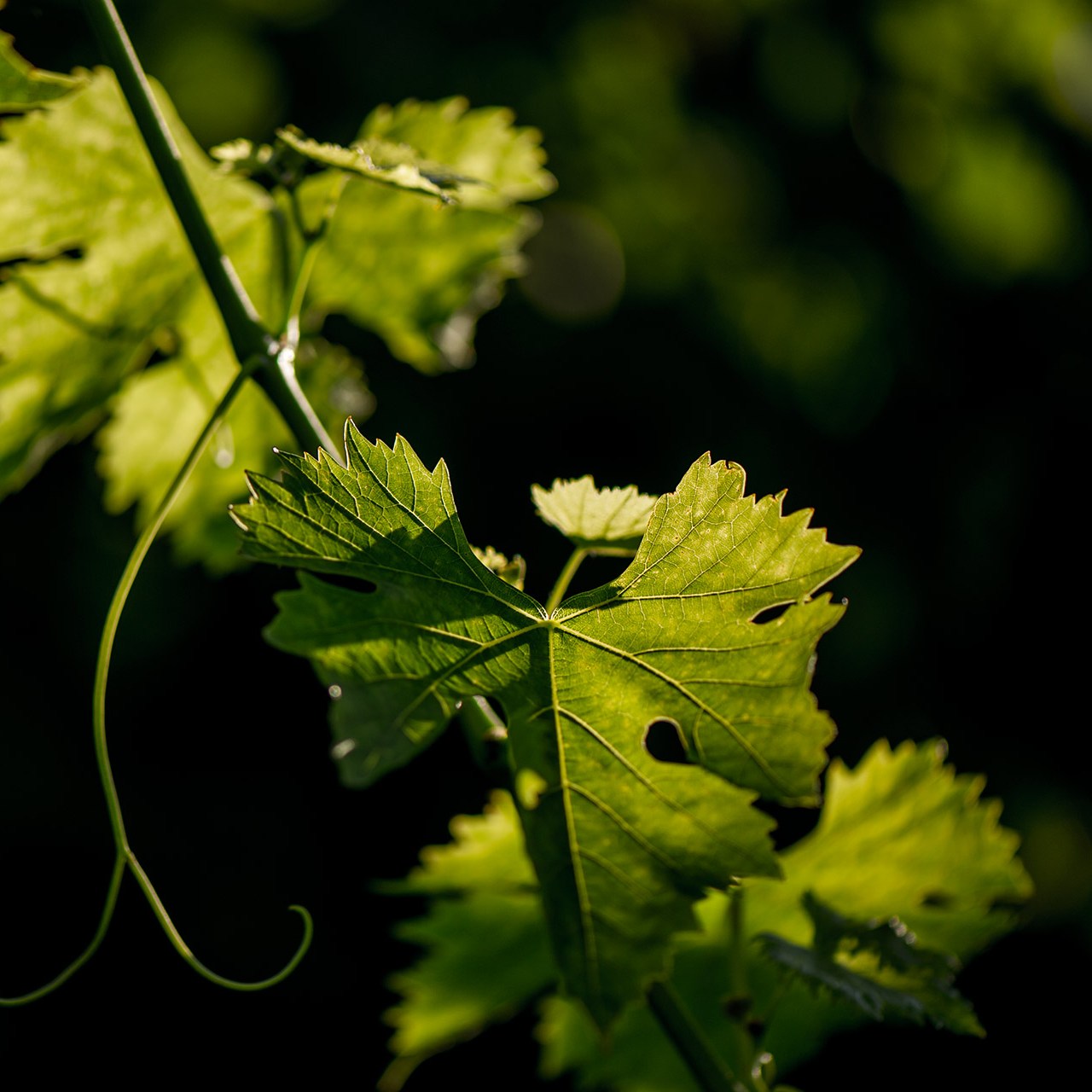
Pairing Chianti with Traditional Tuscan Dishes
Now that we’ve discussed what’s in the bottle, let’s talk about what goes on the plate.
It should come as no surprise that Chianti absolutely loves traditional Tuscan cuisine, and that means lots of red meat, lots of pasta, and plenty of cheese.
Meats
- Bistecca alla Fiorentina aka Florentine Steak:
- Pairing: Chianti Classico
- The Dish: This is a loin steak cooked on the bone, typically cut from a young steer or heifer. The meat is aged for at least two weeks in a cold room, and then very lightly seared, unseasoned, on either side over charcoal embers with oak, holm oak, or olive wood.
- Reason: The steak features bold, juicy flavors and wood notes from holm or olive. As such, this Tuscan steak would pair deliciously with the robust structure and high acidity of a good Chianti Classico.
- Porchetta:
- Pairing: Chianti Riserva
- The Dish: Boneless pork roast, with the skin, stuffed with fennel, and rosemary, and herbs. The Umbrian incarnation of the dish also features entrails, such as liver, mixed with lard, added to the stuffing.
- Reason: This succulent, herb-infused roast pork dish would pair perfectly with a Chianti Riserva. The wine’s tannins and acidity will work to balance the fatty and savory profile of the porchetta, while the wine’s earthy undertones will beautifully complement the dish’s bouquet of herbs.
- Cinghiale (Wild Boar) Stew:
- Pairing: Chianti Classico Riserva
- The Dish: A stew combining wild boar with onions, celery, garlic, and dry wine, with plenty of herbs, and a gremolata topping. Delicious.
- Reason: The gamey, intense flavors of this wild boar stew are a beautiful match with the deep, complex flavors of a Chianti Classico Riserva.
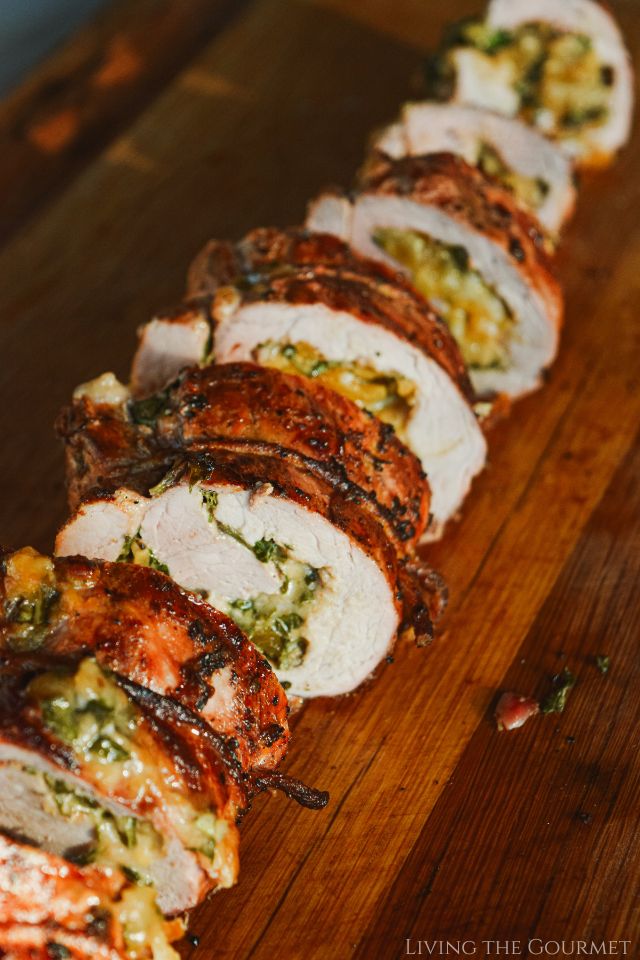
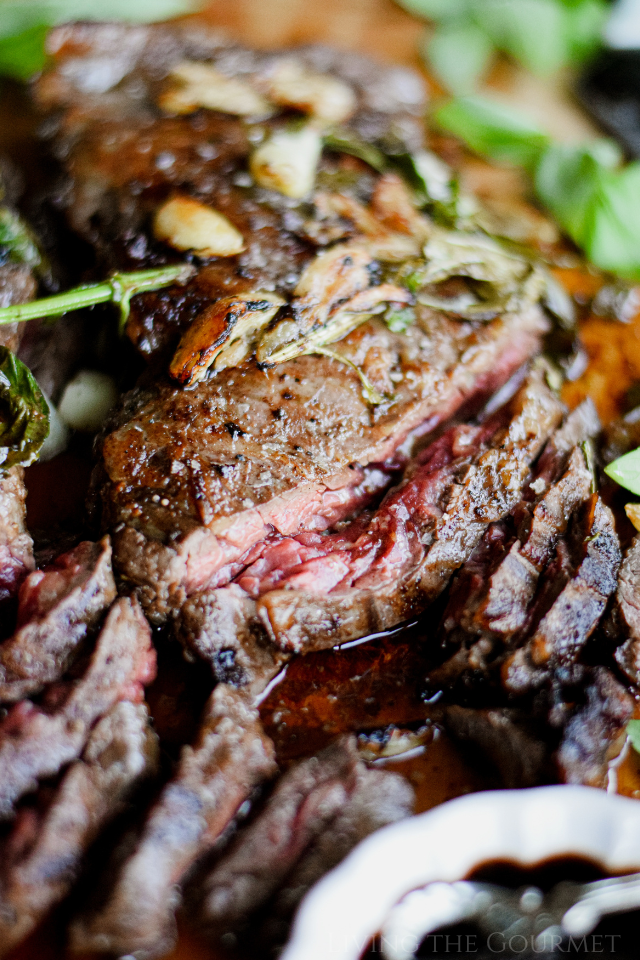
Pasta
- Pappardelle al Cinghiale:
- Pairing: Chianti DOCG (Basic Chianti)
- The Dish: This is a traditional Tuscan pasta dish that sees pappardelle pasta tossed with a rich ragù tomato sauce made with wild boar (either chunked or ground).
- Reason: This dish is hardy, and features acidity from the tomatoes and lots of meaty fat from the boar. As such, a basic Chianti would be a match made in heaven with its bright acidity and red fruit note, which would work to highlight the depth of the dish, rather than competing with it.
- Ribollita:
- Pairing: Basic Chianti
- The Dish: A great way to use up leftovers, this hardy Tuscan soup (or stew!) is made with day-old bread, hardy white beans, such as cannellini, plenty of veggies like onions, carrots, and celery, crushed tomatoes, and lots of herbs.
- Reason: If you can get your hands on a traditionally bottled Basic Chianti (with the fat-bottomed bottle and straw covering), there are only a few wineries that still bottle traditional-style, this is the dish to pair it with.
- Tagliatelle al Tartufi (Truffle Tagliatelle):
- Pairing: Chianti Classico
- The Dish: Silky tagliatelle pasta tossed with black truffles, truffle butter, plenty of garlic, and fresh ground black pepper. An elegant yet simple pasta dish.
- Reason: The earthy, aromatic qualities of the truffles are beautifully mirrored in any decent Chianti Classico. The wine’s acidity and moderate tannins will work to enhance rather than overpower the truffle’s natural earthy flavors while providing a refreshing contrast to the pasta.
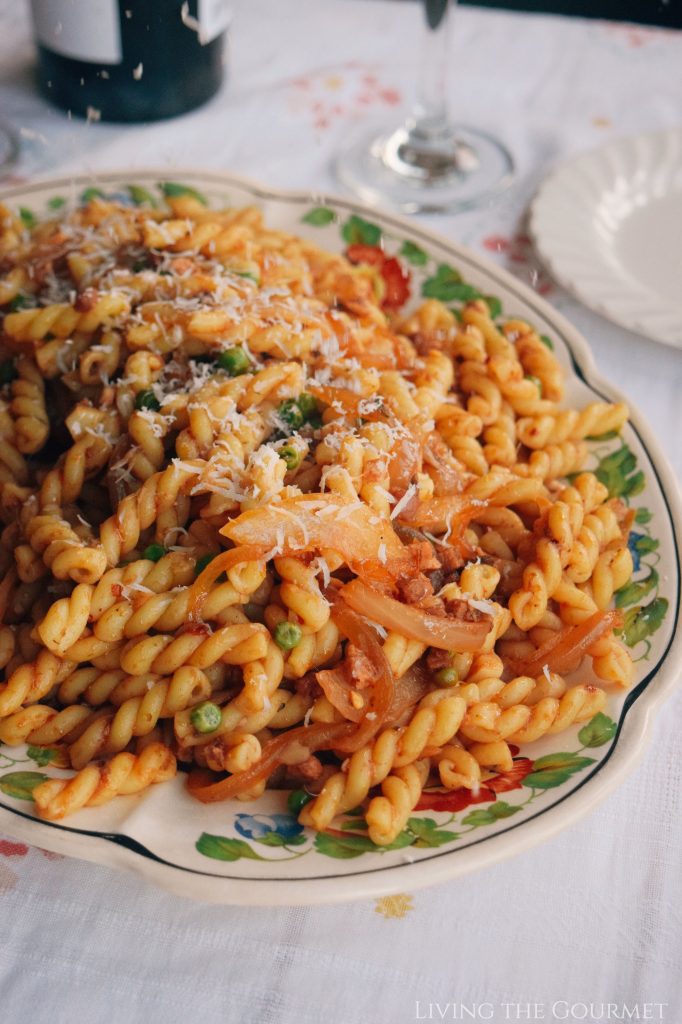
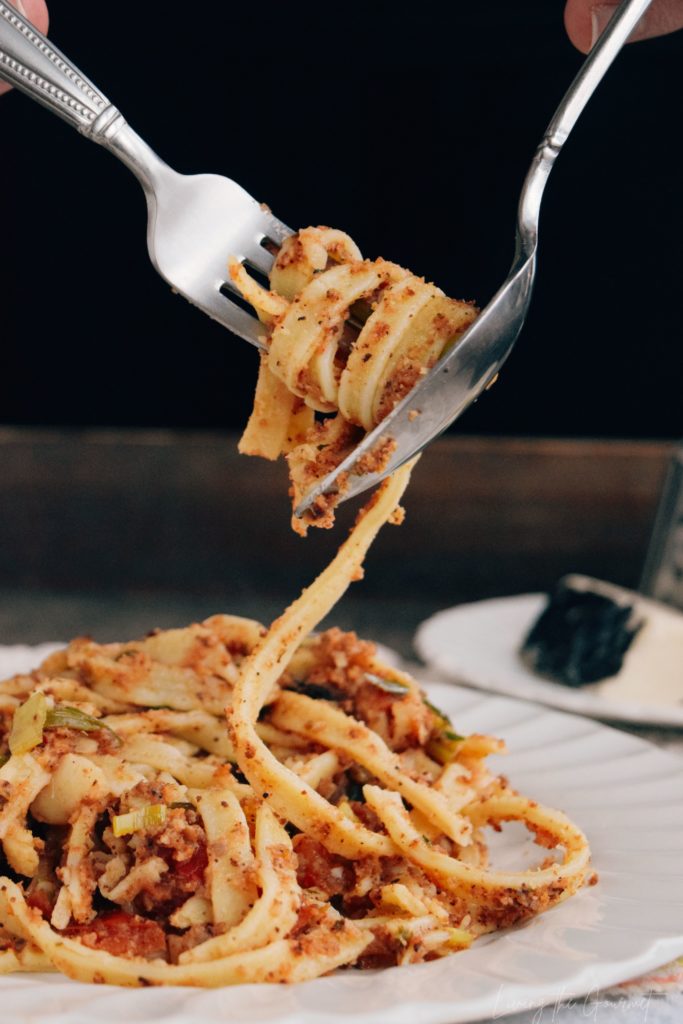
Cheeses
- Pecorino Toscano:
- Pairing: Chianti Classico
- Reason: This hard, sharp cheese in general pairs perfectly with Chianti Classico, since the wine's acidity cuts through the cheese's richness, while its fruity notes balance the saltiness and tang. Delicious.
- Parmigiano Reggiano:
- Pairing: Chianti Riserva
- Reason: The nutty, salty flavors of Parmigiano Reggiano are nicely complemented by Chianti Riserva’s complex flavor and aromatic profile. In addition, the wine's tannins and acidity help to balance the cheese's rich texture, creating a lovely pairing.
- Ricotta:
- Pairing: Basic Chianti
- Reason: The light, creamy texture of ricotta pairs deliciously with a basic Chianti. The wine’s acidity and fruitiness add a refreshing contrast to the mild, creamy flavor of the cheese.

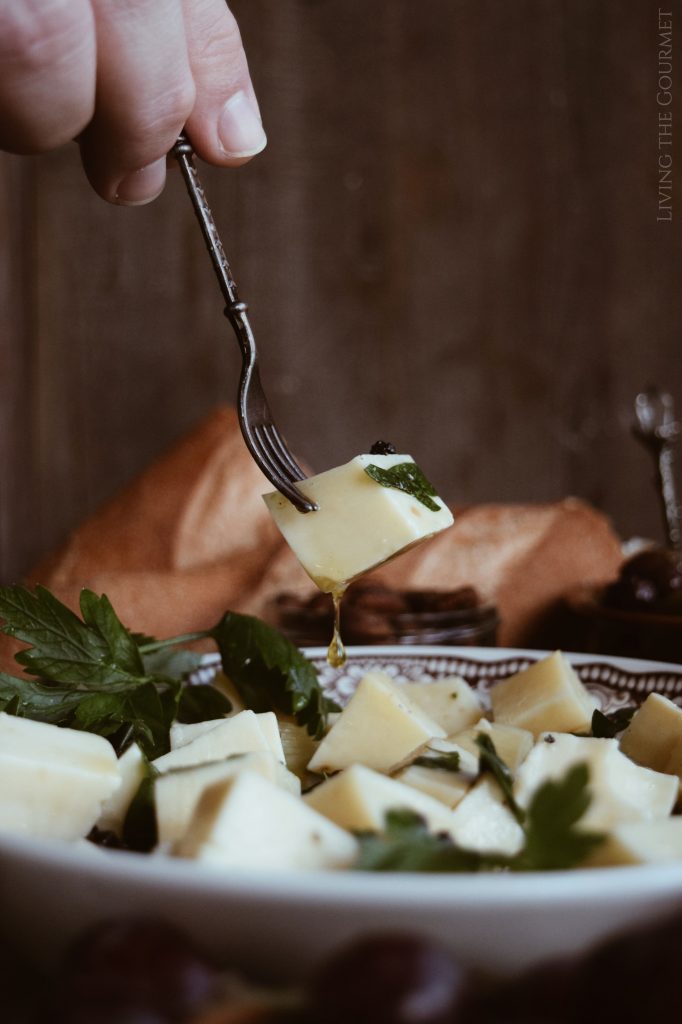
Pairing Non-Chianti Sangiovese with Classic Italian Dishes and More
This list was a bit tough to iron out, as the field of “non-Chianti” Sangiovese wines is indeed wide and varied. Nevertheless, here are my top picks.
Classic Italian Dishes
- Spaghetti Bolognese:
- Pairing: Sangiovese (any would be delicious)
- The Dish: We all know this one, but for the sake of consistency here I go – Spaghetti tossed with a thick red meat sauce. Simple as it gets.
- Reason: The acidity in Sangiovese cuts through the richness of the meat sauce, while the tomato and herb notes complement the flavors of the dish, creating a balanced and harmonious pairing.
- Pizza Margherita:
- Pairing: Rosso di Montalcino aka Sangiovese Piccolo
- The Dish: The Pizza is named for a Queen. A thin-crust pizza topped with crushed or pureed tomatoes, fresh mozzarella, fresh basil, and a drizzle of olive oil.
- Reason: The simple, fresh flavors of Margherita pizza – tomato, mozzarella, and basil – are elevated by Chianti. The wine’s acidity matches the tanginess of the tomato sauce, and its subtle herbaceous notes echo the fresh basil.
- Osso Buco:
- Pairing: Brunello di Montalcino
- Reason: This rich, slow-cooked veal dish pairs beautifully with Brunello di Montalcino. The wine’s full body and complex flavors stand up to the hearty stew, while its acidity helps balance the richness.
- Lasagna:
- Pairing: Vino Nobile di Montepulciano
- The Dish: Layers of cheesy, saucy goodness with lots of ricotta, mozzarella, and meat.
- Reason: You really can’t ruin a good lasagna with any decent red wine. However, if you want to ‘really’ accentuate this dish made with layers of meat, cheese, and pasta, you’ll find that Vino Nobile di Montepulciano is ‘the’ wine to do it.
- Risotto al Funghi (Mushroom Risotto):
- Pairing: Sangiovese (any would be delicious)
- The Dish: Creamy arborio rice tossed with mixed mushrooms, such as porcini and champignon, with shallots, parsley, grated cheese, and butter.
- Reason: The earthy flavors of the mushrooms are highlighted by the Sangiovese’s own earthy notes. The wine’s acidity and moderate tannins also help to balance the creaminess of the risotto.
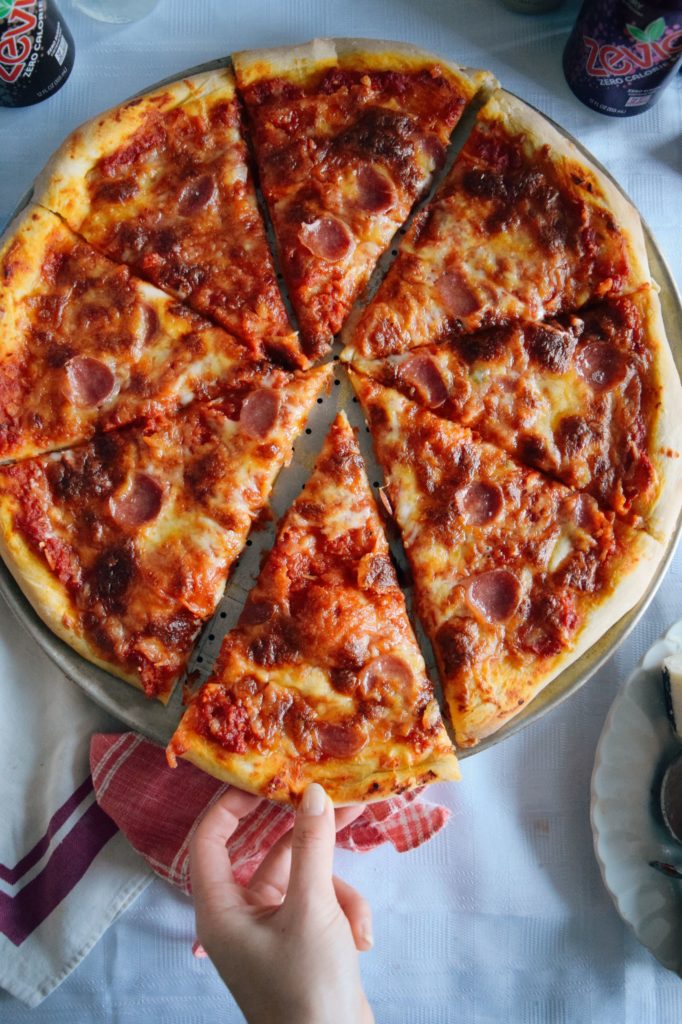
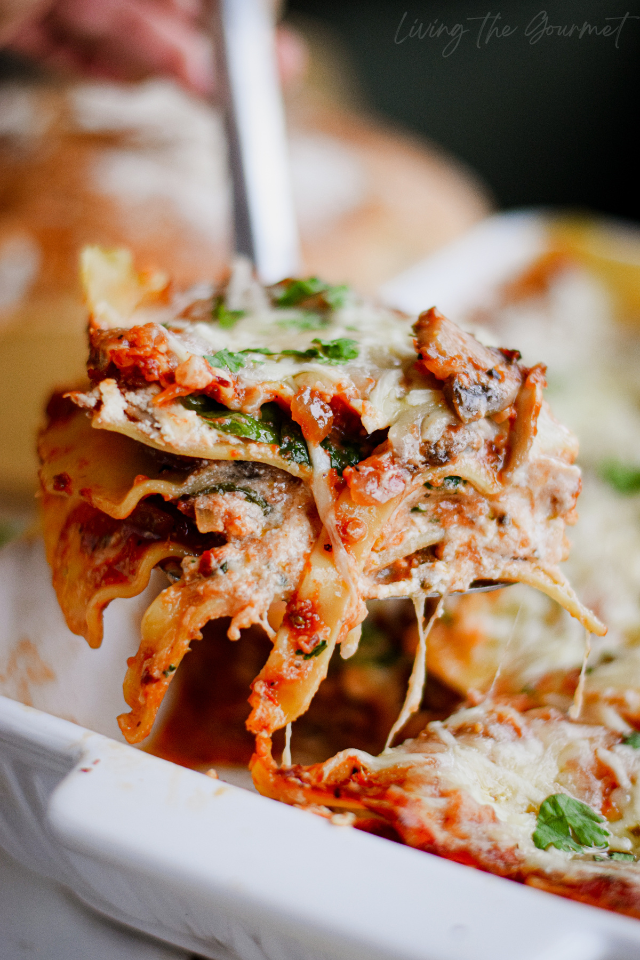
Pairings with Various Cuisines
- Mediterranean Cuisine:
- Pairing: Super Tuscans
- Reason: As a rule, Super Tuscans love lamb. Overall, herbaceous elements of Mediterranean dishes, such as grilled lamb with rosemary or Greek moussaka, are all great pairings for Super Tuscan-style Sangiovese wines.
- American Barbecue:
- Pairing: Super Tuscans
- Reason: Here again, Super Tuscans love meaty dishes, especially the hardier, fully-bodied variety blended with Merlot or Cabernet Sauvignon. That makes these wines a delicious pick for an American-style barbecue with thick sauces and lots of smoky goodness.
- Mexican Cuisine:
- Pairing: Brunello di Montalcino
- Reason: I’m thinking dishes like enchiladas or meaty tacos, with lots of rich, spicy sauces and beef, would be deliciously complemented by Brunello di Montalcino.
- Asian Cuisine:
- Pairing: Rosso di Montalcino aka Sangiovese Piccolo
- Reason: The sweet and savory flavors of things like teriyaki chicken or beef stir-fry, would pair deliciously with Sangiovese Piccolo.
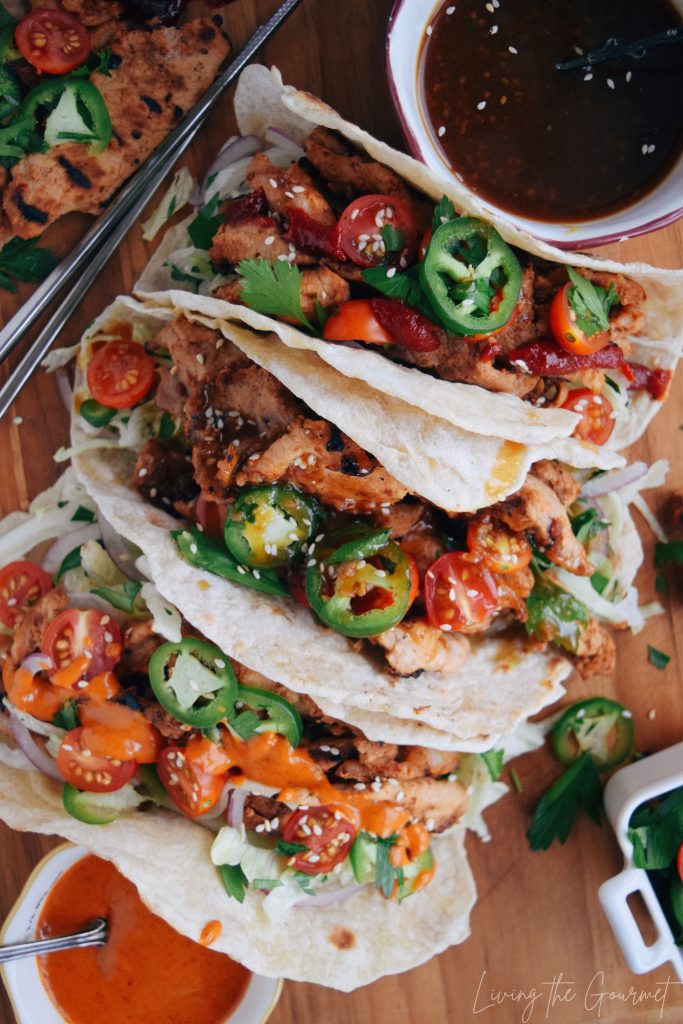
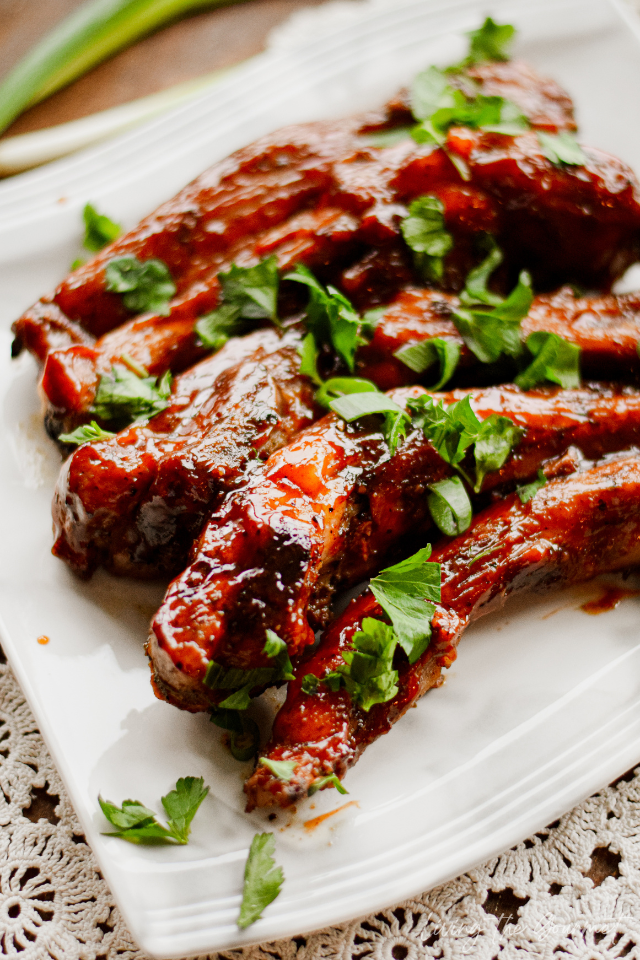
And that’s our answer to the question “Sangiovese vs Chianti Wine: What's the Difference?”
If you enjoyed today’s article, have tried any of the wines, or have any questions or suggestions, let us know in the comments below. We always love hearing from you!
Cheers!
1
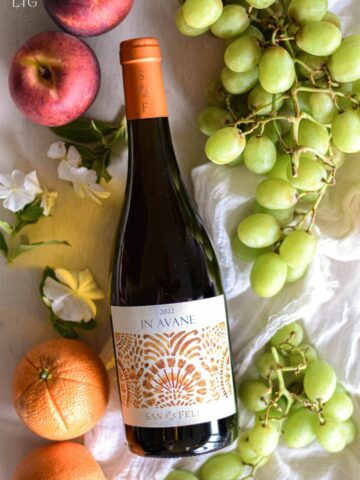
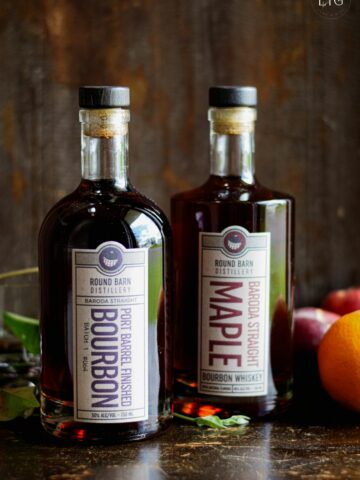

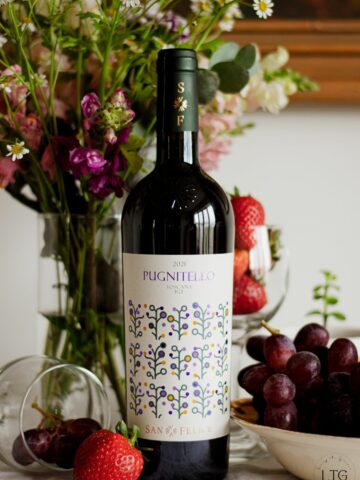
Samantha Donnelly says
In answer to your question I had no idea but I do now. i know a few people who love their wines so am going to remember this and ask them the same question
Living the Gourmet says
Wonderful. So happy you enjoyed the article.
Beth says
I always learn so much when I read your posts. I had no idea what chianti was outside of being a wine. I only knew it from The Silence of the Lambs line.
Living the Gourmet says
Dear Beth, Happy that you liked the article.
Claudia says
I have a couple of bottles of both varieties in my wine cooler right now. They're so excellent when paired properly.
Living the Gourmet says
Dear Claudia, They are good when paired properly. Nothing better.
Ben says
You know, I had no idea that these even existed. The only time I ever heard of chianti was when Hannibal mentioned it. This was an awesome read.
Living the Gourmet says
Dear Ben, Thank you for letting me that you enjoyed the article.
Jupiter Hadley says
I really don't know much about wine at all, so it's interesting reading the differences! Thank you for sharing your knowledge.
karen says
I honestly had no idea there was a difference between these two. don't get me wrong, I love wine but I still have a lot to learn. Thank you sooooo much.
Ambra Mills says
Thanks for explaining the differences between Sangiovese and Chianti! It's interesting to see how Chianti, mainly made from Sangiovese grapes, showcases Tuscany's distinct terroir with its tart cherry and savory flavors. Being Italian, I really enjoy discovering the diverse wines and flavors from Italy's various regions.
Melanie E says
The Saniovese sounds like the ideal chianti for my husband. He does like black cherry flavours.
LisaLisa says
I have both these wines in my wine collection, and it is true when paired correctly they will make a difference. I wasn't aware of the difference myself until a friend of mine informed me. She is a true wine connoisseur.
Rhian Scammell says
Thanks for the simple line to explain the difference, as a non wine drinker I'd have had no idea. It reminds me of the saying all jacuzzies are hot tubs but not all hot tubs are jacuzzies haha x
Lavanda Michelle says
I've always been a bit confused about the differences between Sangiovese and Chianti, and your article made it so much clearer.
Khush says
I didn’t know the difference of Sangiovese and Chianti. You shared the difference well. Thanks for sharing the difference.